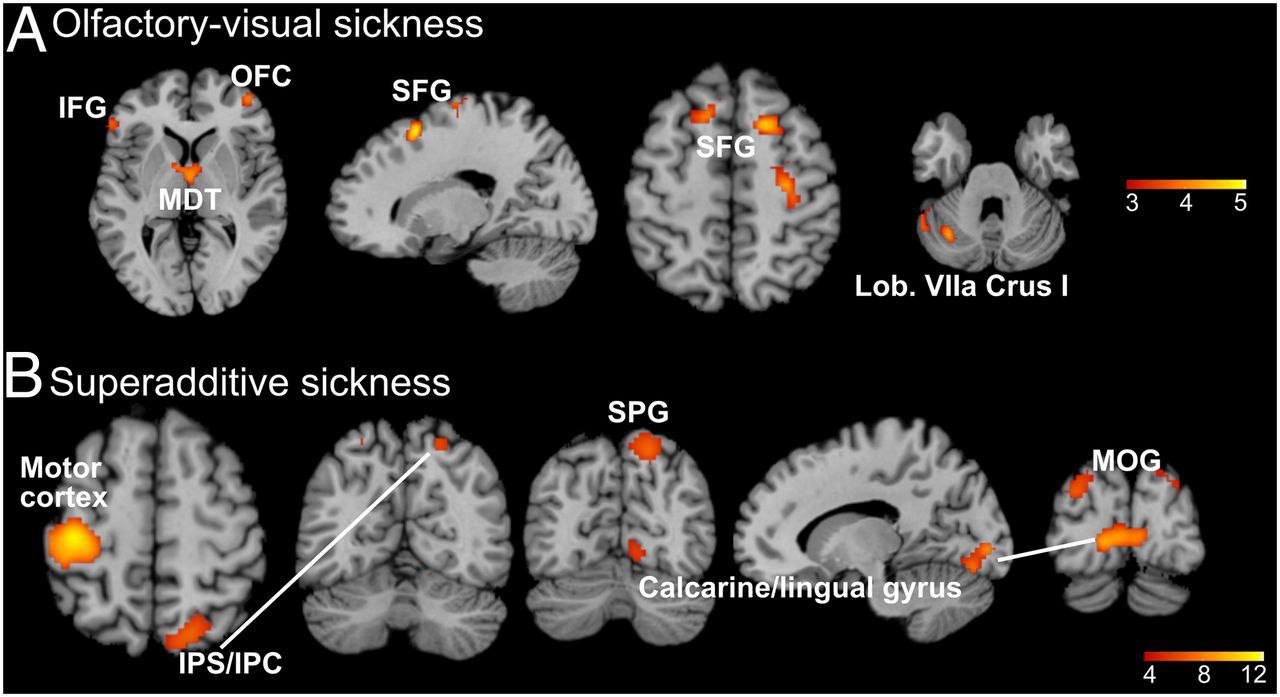The extraordinary power of the brain in early diagnosis of disease and sick person/necessity for survival
Neurosafari Recent studies show that the human brain’s ability to detect disease early and avoid it is much greater than previously thought. Our senses of sight and smell alone are able to detect the disease of the person in front of us before the disease is revealed; In addition, by avoiding contact with him, we try to protect ourselves from the disease.
According to the Neurosafari report, quoting from the news section of the Karolinska Institute website (KI News), the human immune system is very efficient in fighting diseases; But because the cost of fighting the disease is high and prevention is better than treatment, avoiding pathogenic things is instinctively institutionalized in us. New studies show that the human brain can detect diseases in their early stages much better than previously thought. In addition, we show by our reactions that we are more inclined to connect with healthy people than with less healthy people.
Matt Alson, a professor at Karolinska’s Department of Clinical Neuroscience and head of this research, says: “This finding sheds light on the motivation behind avoidance behaviors.”
Measuring brain activity
First, the researchers injected the participants with harmless doses of the bacteria. With this, their immune system was activated and for several hours they showed the usual symptoms of the disease such as: fatigue, pain and fever. At the same time, they were photographed and “smell” samples were collected from them. After some time, the injected substances disappeared from the bodies of these people and the symptoms of the disease were resolved.
On the other hand, another group of participants along with the control group were exposed to the same “smell” samples during magnetic imaging of brain activity and viewed the captured images; Then they were asked to rate the pleasantness of the samples. In addition, by looking at the pictures; Tell them which person they think is sick, which one is attractive and who they choose for social interaction.
To read the full article, refer to the following link:
https://goo.gl/1fvm1W
Join the Neurosafari brain and neuroscience Telegram channel:
https://telegram.me/joinchat/CihxzDwTa19DOIUZRYLVjw
This post is written by neurosafari
